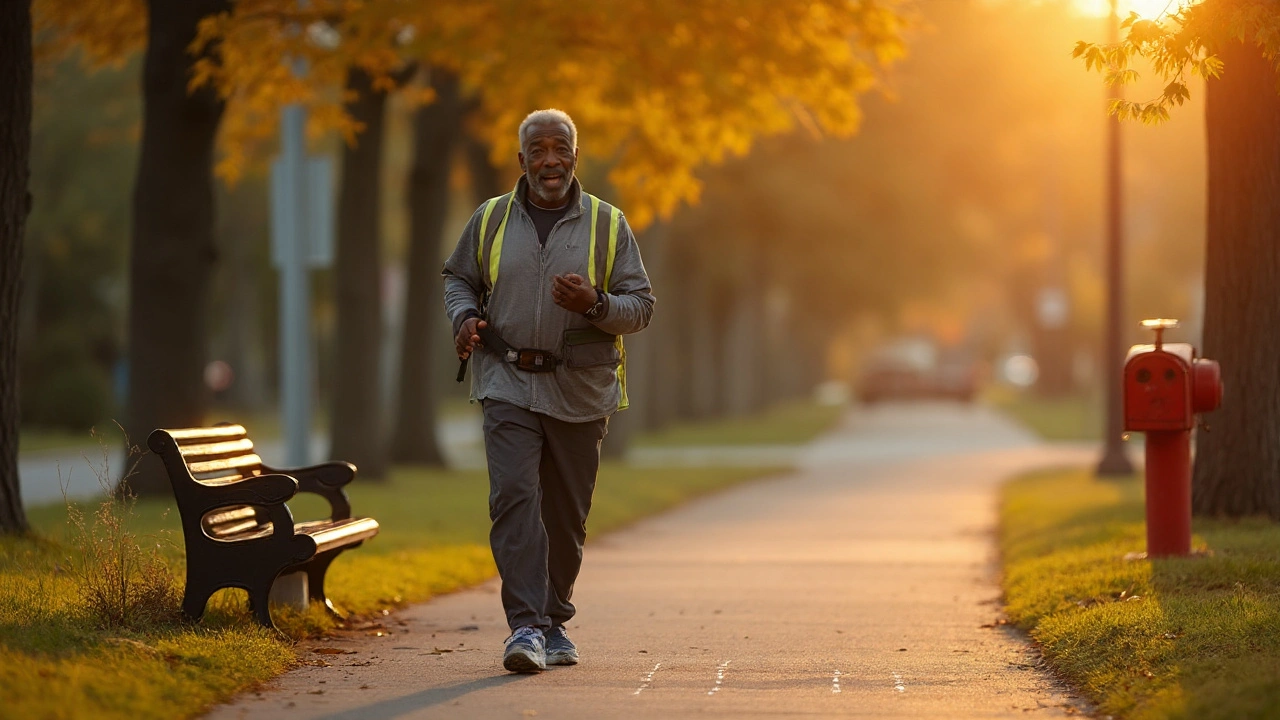Intermittent Claudication Treatment: Simple Steps You Can Start Today
If you feel cramping or pain in your calves while walking, you might be dealing with intermittent claudication. It’s caused by narrowed arteries that don’t supply enough blood to the leg muscles during activity. The good news is there are clear steps you can take to ease the discomfort and improve circulation.
First, stop treating the pain as something you just have to live with. Small changes in daily habits can make a big difference. Below we break down the most effective treatments that doctors recommend and why they work.
Exercise and Walking Programs
The cornerstone of claudication care is supervised walking. Start with a slow pace for about five minutes, then rest until the pain eases. Repeat this cycle for 30‑40 minutes total, three to five times a week. Over time you’ll notice you can walk farther before feeling the cramp.
Why does walking help? It forces your muscles to ask for more oxygen, prompting tiny blood vessels to grow and improve flow. Think of it as natural “workout angiogenesis.” The key is consistency, not speed.
If a park or treadmill isn’t convenient, try indoor marching in place while watching TV. Even short bouts of activity add up if you keep the pain under control.
Medications & Procedures
When exercise alone isn’t enough, doctors may prescribe medicines that widen blood vessels. Common choices include cilostazol and pentoxifylline. Cilostazol also helps improve walking distance by reducing platelet clumping. Take it as directed—usually twice daily with food.
If medication doesn’t bring relief, minimally invasive procedures are available. Angioplasty uses a tiny balloon to open the blocked artery, often followed by a stent to keep it open. The recovery period is short, and most people return to normal activities within a week.
In severe cases where multiple arteries are affected, bypass surgery may be considered. This involves taking a vein from another part of your body and creating a new pathway for blood flow. Recovery takes longer, but the long‑term benefit can be significant.
Don’t forget basic health habits that support any treatment plan. Quit smoking—tobacco speeds up artery narrowing dramatically. Keep cholesterol and blood pressure under control with diet, exercise, or prescribed meds. A balanced diet rich in fruits, vegetables, whole grains, and lean protein fuels your muscles without adding extra plaque.
Stay hydrated, too. Dehydration can make muscle cramps feel worse. Aim for at least eight glasses of water a day, unless your doctor tells you otherwise.
Finally, keep an open line with your healthcare provider. Report any new or worsening pain, especially if it happens at rest or while sleeping—that could signal a more serious problem.
Putting these steps together—regular walking, appropriate meds, and healthy lifestyle choices—creates a solid plan to manage intermittent claudication. You don’t need to wait for the pain to get worse before taking action. Start with a short walk today, talk to your doctor about medication options, and watch how quickly you can regain confidence in your legs.
